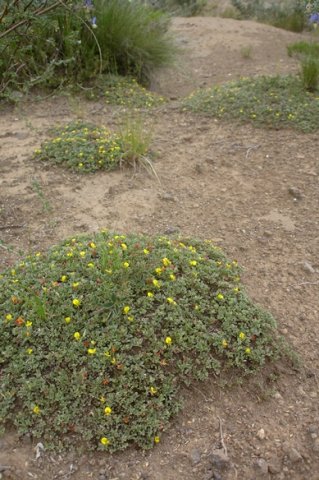Leobordea divaricata

Author: Ivan Lätti
Photographer: Judd Kirkel Welwitch
Leobordea divaricata, previously known as Lotononis calycina var. calycina, is a low-growing, spreading to mat-forming but short-lived perennial growing from a taproot. The creeping, prostrate stems become from 5 cm to 20 cm long. The Leobordea genus is comparatively less known, part of the Fabaceae or pea family. It was revived to separate some Lotononis species into their own genus, probably around 2011.
The species distribution is widespread, from the Eastern Cape, the Free State and KwaZulu-Natal to Gauteng, Mpumalanga and North West, also across the border in at least Lesotho, Botswana and Namibia. The photo was taken near the Sani Pass.
The habitat is short grassland, scrub and bushveld, sometimes near streams and watercourses. The habitat population is deemed of least concern early in the twenty first century.
There is a possibility that the much hairier plant that used to be L. calycina var. hirsutissima is currently lumped together with this one, the less hairy one in picture.
The plant is used in traditional medicine related to bronchitis and maybe more (Van Wyk and Malan, 1997; iNaturalist; https://tropical.theferns.info; http://redlist.sanbi.org).

